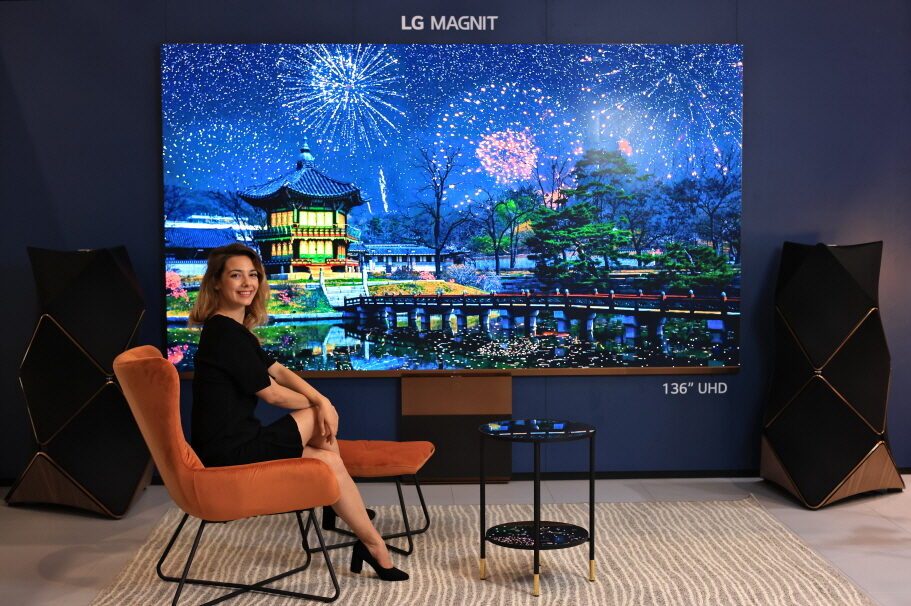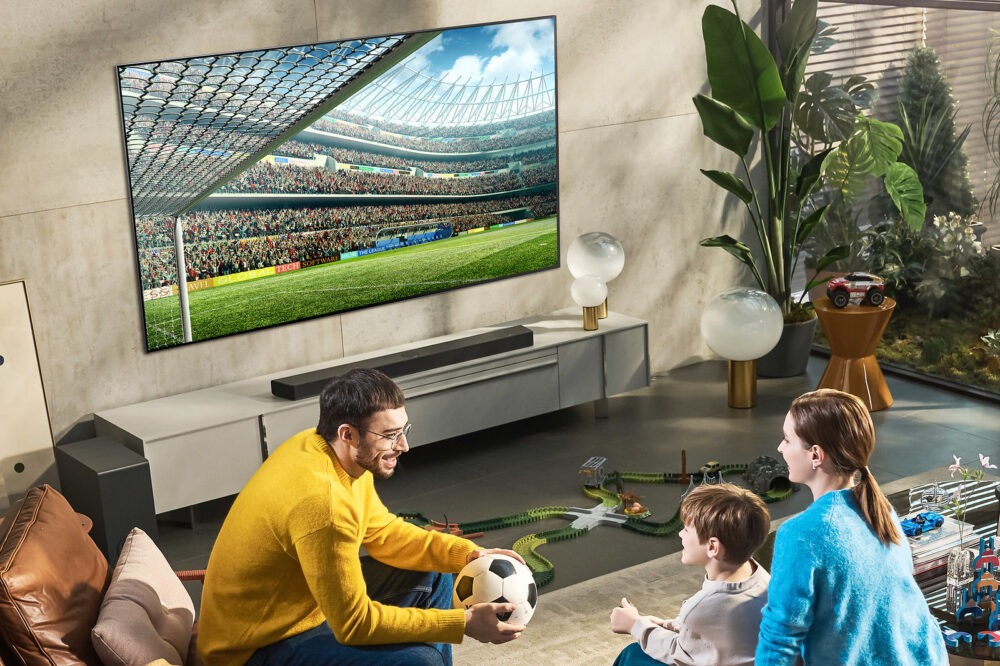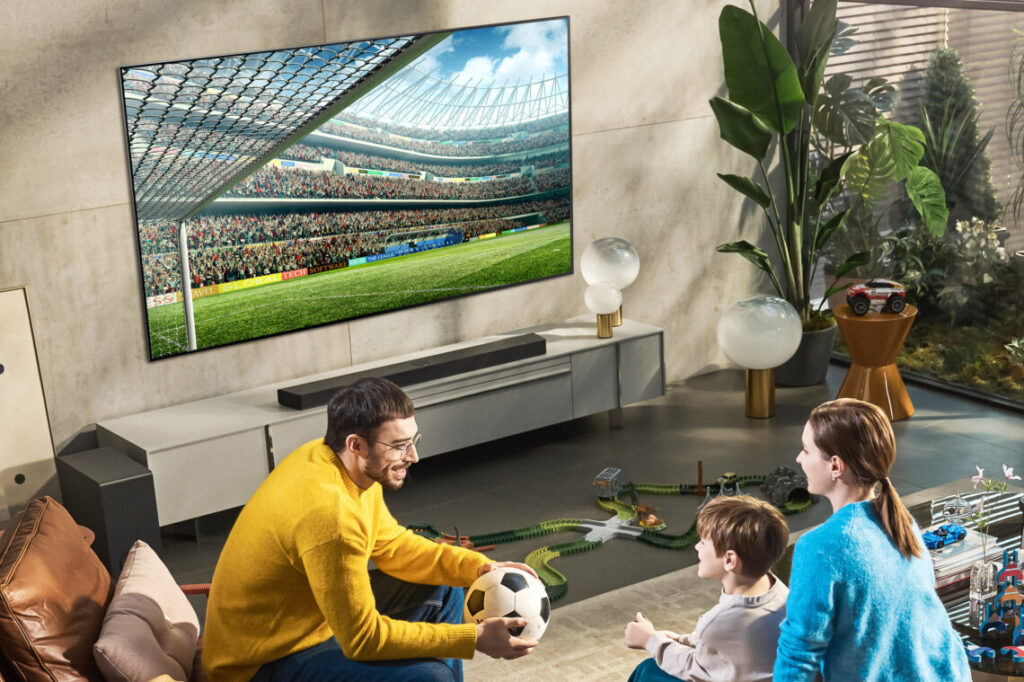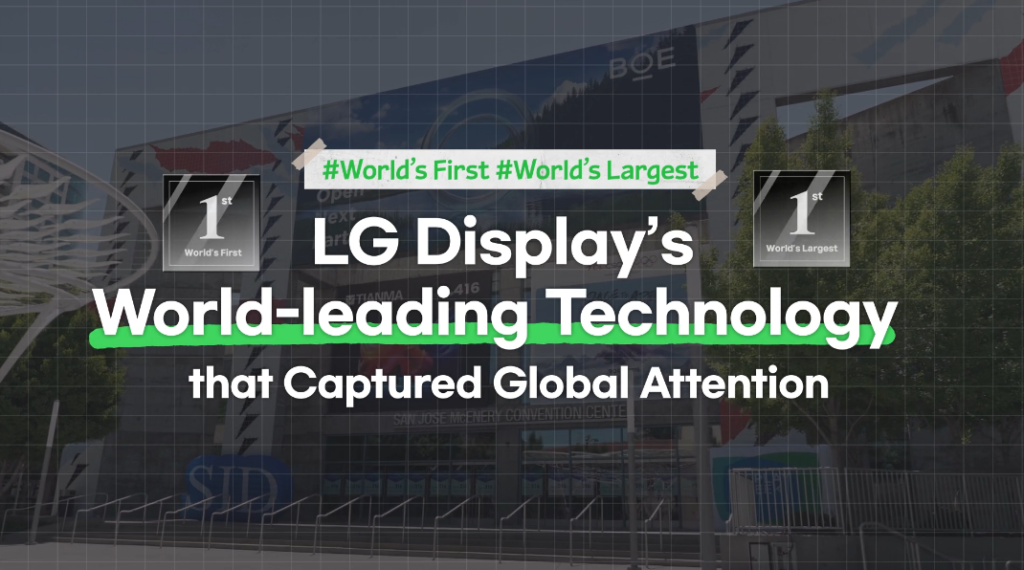By Alex Jensen –
Amazon Prime Day is back and it marks an important moment for those special products that have long been on your wish list, such as premium TVs. That’s because high-end TVs are expected to continue to sell well, even though market watcher Omdia has forecast that overall TV shipments will fall this year compared with 2021. In other words, despite sluggish spending when it comes to general items, consumers are prepared to splash out on high-value products that they feel will upgrade their lives.

A clear example of this can be found in the popularity of OLED TVs, which excel due to LG Display’s advanced technology centering on self-emissive OLED pixels – meaning they offer superior contrast, vivid colors, and an all-round awesome viewing experience. Well, Omdia’s research anticipates that for the first time OLED TVs will account for over 40% of global shipments of premium TVs with a value of at least US$1,500 this year. In the space of just three months, Omdia has raised its forecast by nearly 5 percentage points to 43.6%, with OLED TV shipments anticipated to jump more than 20% on-year to over 8 million. Bear in mind that the share of OLED TVs in the premium market had stood at around 25% as recently as 2019. At this rate, it wouldn’t be surprising to see OLED TVs occupy more than half of the high-end TV market within three years, according to industry analysts cited by the Korean media.

We’re also seeing growing interest in super-large TVs spanning at least 70 inches, which reflects the apparently widespread appetite to upgrade TV options at this time. It’s unprecedented that the share of sales enjoyed by these bigger TVs is set to exceed 20% this year, according to Omdia. Among super-large TVs, the market watcher predicts that the share of OLED TVs will surpass 5% based on shipments while reaching 13% in terms of sales value in 2022. It’s worth noting that this trend comes on the back of the OLED TV line-up recently expanding up to 97 inches – as well as down to 42 inches.
Prime Day is often compared with Black Friday because both offer some fantastic deals. But Prime Day may have the TV advantage because it is seen as the best option for technology. Already Amazon’s largest category, computer and consumer electronics will account for 24.4% of Amazon’s ecommerce sales in the United States this year, up 12.2%, according to this Insider Intelligence report – with overall Prime Day sales set to reach US$12.98 billion, up from just $2.52 billion in 2017.

Time is running out because Prime Day runs from July 12-13 this year. Although it is celebrated in honor of Amazon’s birthday, the online shopping event has moved around in recent years because of the pandemic. And we may look back on this summer as the start of a renewed sales boom for premium TVs, especially in this World Cup year when much of the world will be tuning into the most-watched global sports tournament from November.










